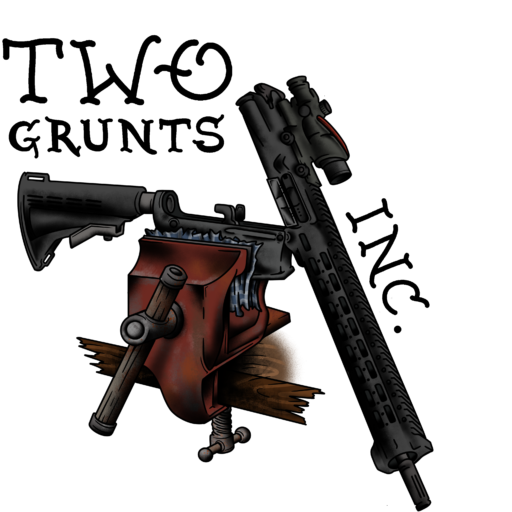Your cart is currently empty!
Land Navigation Part II: Maps
This guide is going to go over the military topographical map and information seen on a map. It will also go over the different colors on a map and what they correspond to, contour lines, and lastly, the types of slopes you may encounter.
This is meant to give a basic understanding of how to conduct land navigation. In our next guide (Part III), we will go over the military grid reference system (MGRS) and hopefully add in plotting (Part IV).
We hope that these guides get some of you thinking about land navigation as it is a great skill to have. At some point, you won’t be able to rely on your GPS watch or phone, and that’s when skills like this become invaluable.
Also, want to give a shoutout to @angelthegunslinger for helping out on this and future guides. He is super knowledgeable regarding all things shooting, tactics, and gear. He also does weekly TDGs to keep your mind working. Go and check out his page. We highly recommend you give him a follow!
Now, let’s move on to this guide!
Military Topographical Map
- Maps – a graphic representation of an area drawn to scale
- Topographic Map – portrays terrain features to be measured through contour lines, as well as horizontal positions
- Map Scale – a graphic representation of the Earth’s surface drawn to scale. Can be 1:25,000, 1:50,000, 1:100,000, 1:250,000.
Marginal Information
- Sheet name – found in the center and lower left margin, generally named after the area covering the map
- Sheet number – found in the upper right and lower left margin, the center of the box joining sheets diagram, used as a reference number to link map overlays
- Series name – found in the upper left corner (same as sheet number)
- Scale – found in the upper left corner after the series name and lower center. Gives the ratio of a map distance to the corresponding distance on the ground.
- Series number – found in the upper right and lower left. Sequence four-digit numbers, or letters with three to four-digit numbers after.
- Edition number – found in the upper right and lower left margin. If more than one edition, the highest number is the most recent.
- Index to Boundaries – Found in the lower right margin. It’s a miniature of the map showing boundaries, county lines, state
- Adjoining Sheet Diagram – Found in the lower right. Containing 9 rectangles. Each one represents a map with its sheet number
- Declination Diagram – Found in the lower center, used to measure the angular relationship of true, grid, and magnetic north
- Bar Scales – Found in the lower center, used to convert map distance to ground distance
- Contour Interval Note – Found center of lower margin, states vertical distance between adjacent contour lines, given in meters, not feet
- Grid Note – Found center of the lower margin gives information on the grid system used, the interval between grid lines, and identifies the UTM grid zone
- Legend – Found in the lower left margin. Gives illustrations, symbols, and prominent features on a map
Map Colors
- Blue – Water
- Green – Vegetation
- Black – Man-made features
- Red – Populated areas, main roads, and boundaries on older maps
- Brown – Relief features and elevation such as contours on older maps
- Reddish-brown – Relief features and contours on red-light readable maps
Contour Lines
Contour Lines – Show relief and elevation
Index Contour Lines – Heavy solid black line normally numbered giving the elevation of the line
Intermediate – Falls between the Index lines. Finer lines, normally four intermediate contour lines between index lines
Supplementary – Resembles dashes, show sudden changes in elevation
Conclusion
Thanks for making it to the end of this guide! If you got some value from this please make sure to share and save it for later. Be sure to check out the rest of our guides here.
